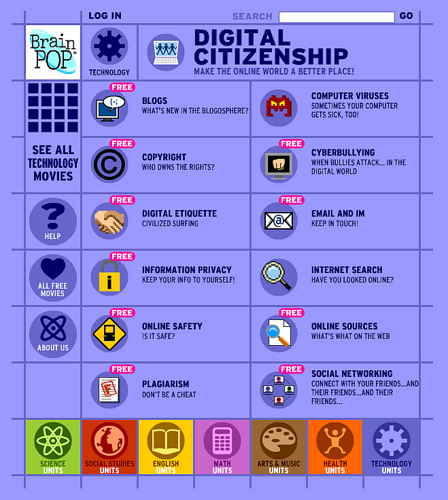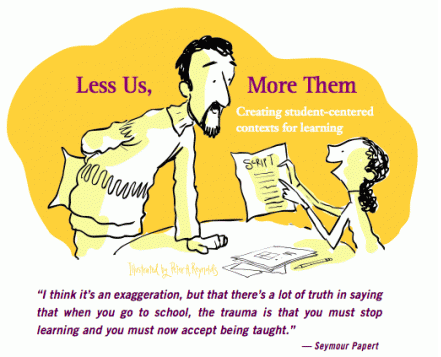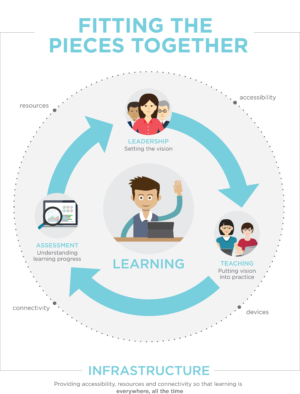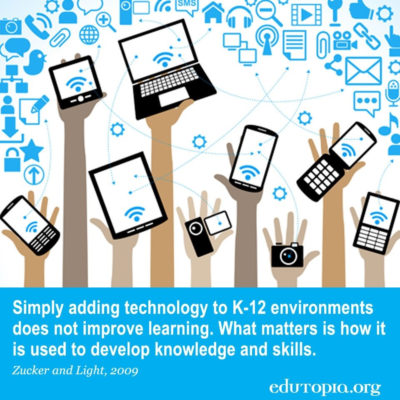
Using PhotoShop, I created a poster based on Digital Citizenship. I found several resources, most helpful was NetSmartz, a website with information on Digital Citizenship. The website presented the information with several different focus, such as educator, tweens or parents. My focus is my curriculum, and what emphasis I use with students in my high school classroom. Even though that seemed to encompass all areas of Digital Citizenship, I focused on what I specifically taught. As a Computer Science/Computer Technology teacher, I have never taught less than 4 different classes in a semester and up to 7 different classes in a year, which creates a need for a broader focus. Continue reading Digital Citizenship Poster: Presenting information in an appealing way






